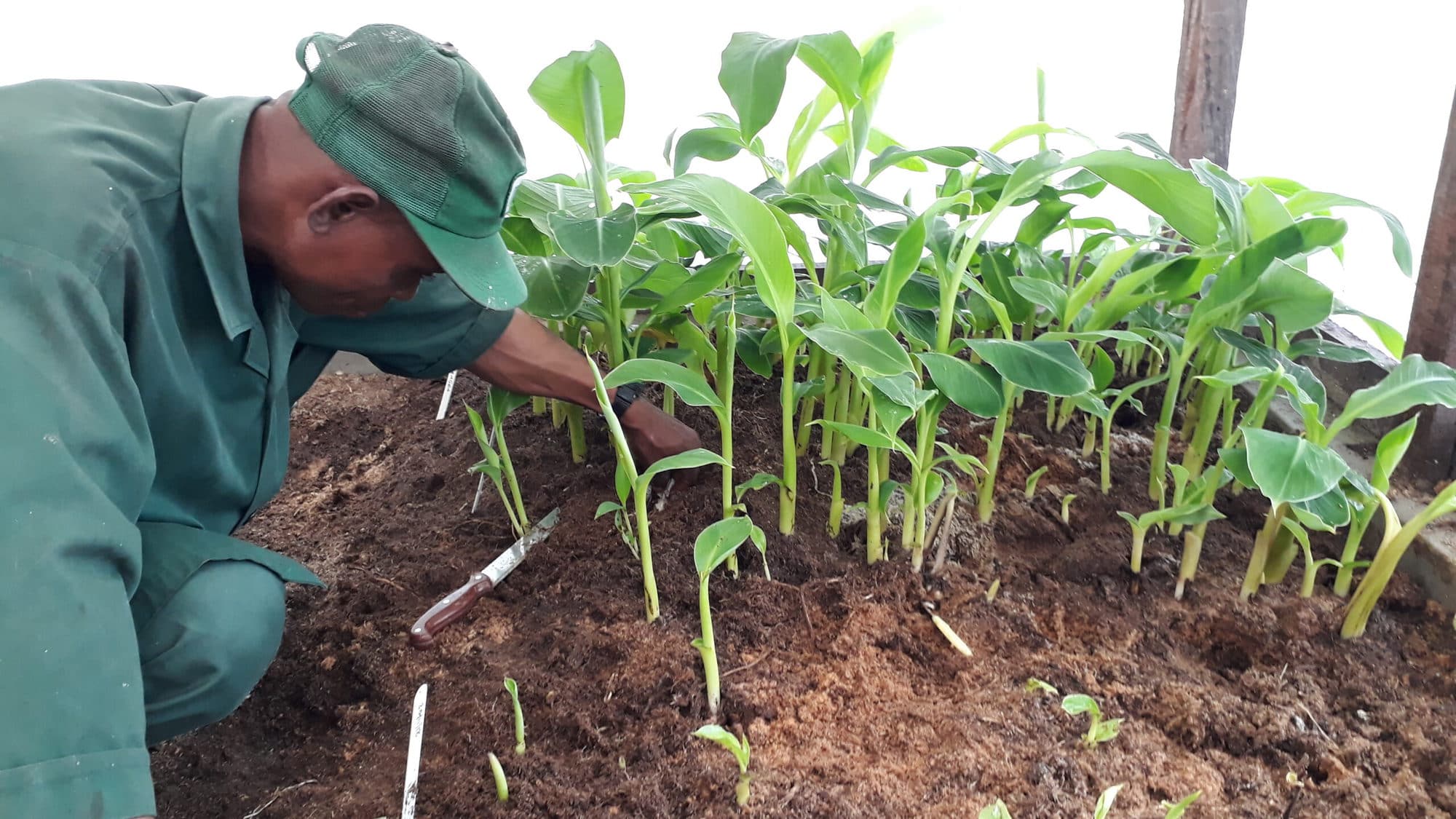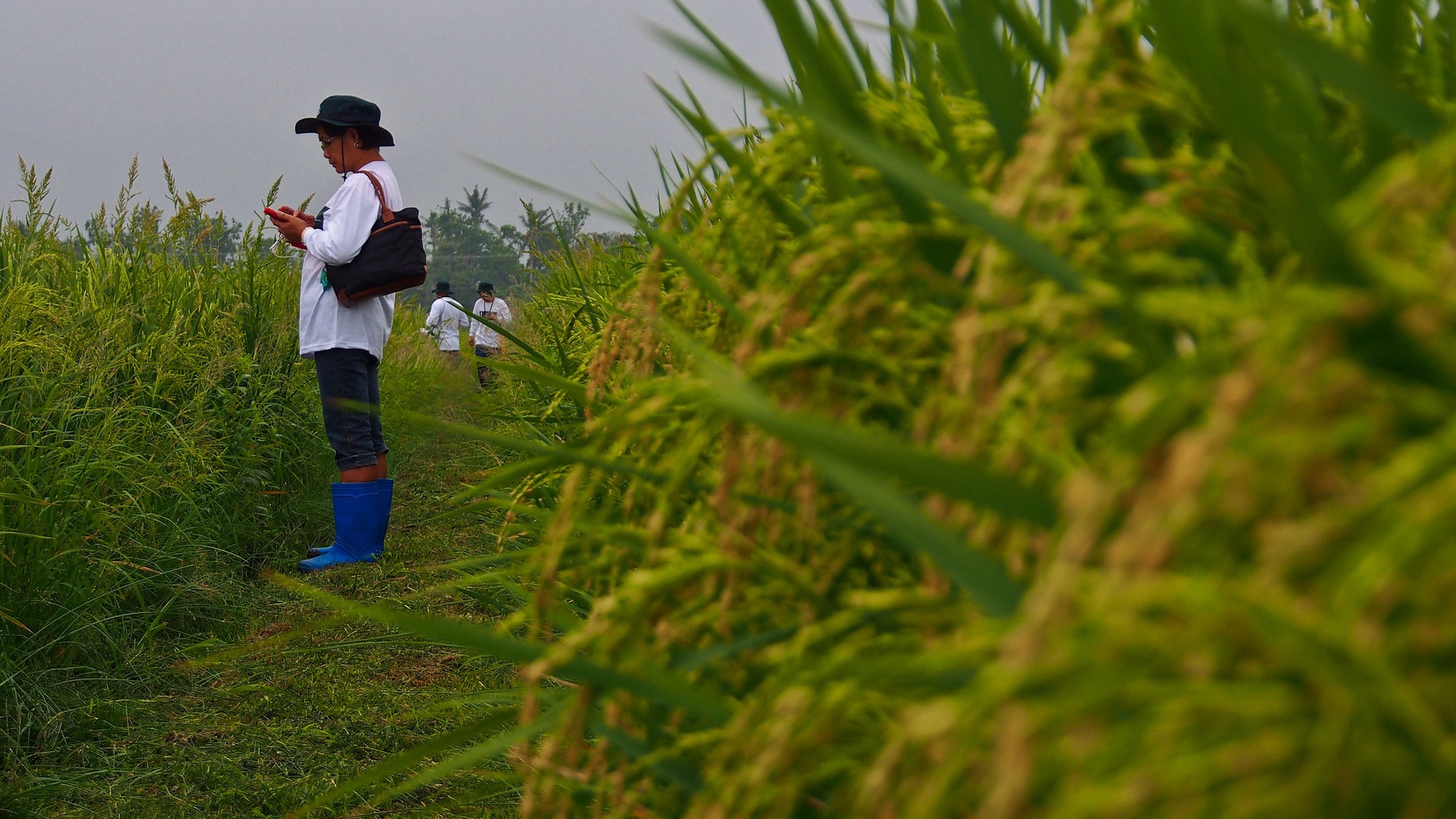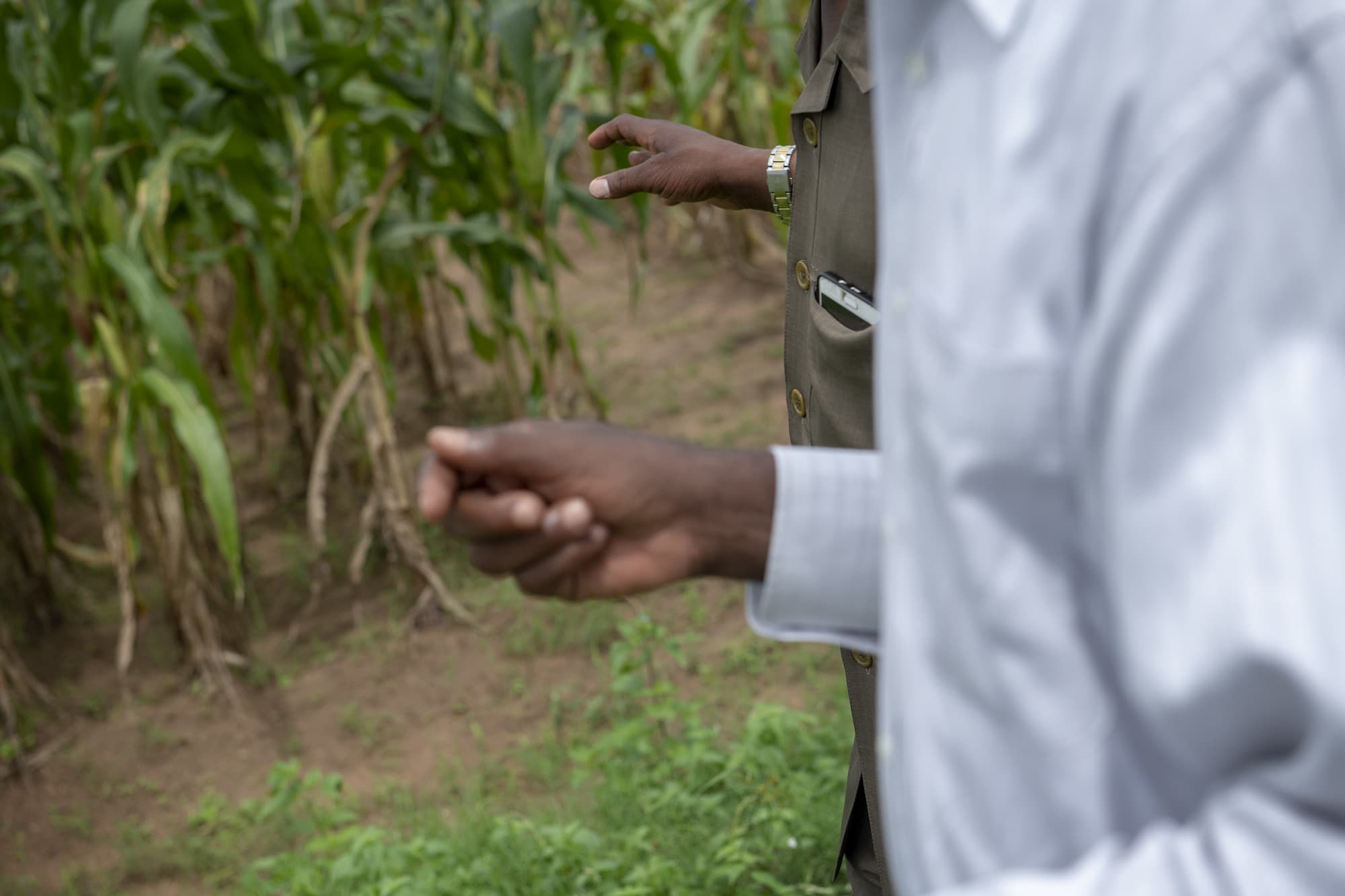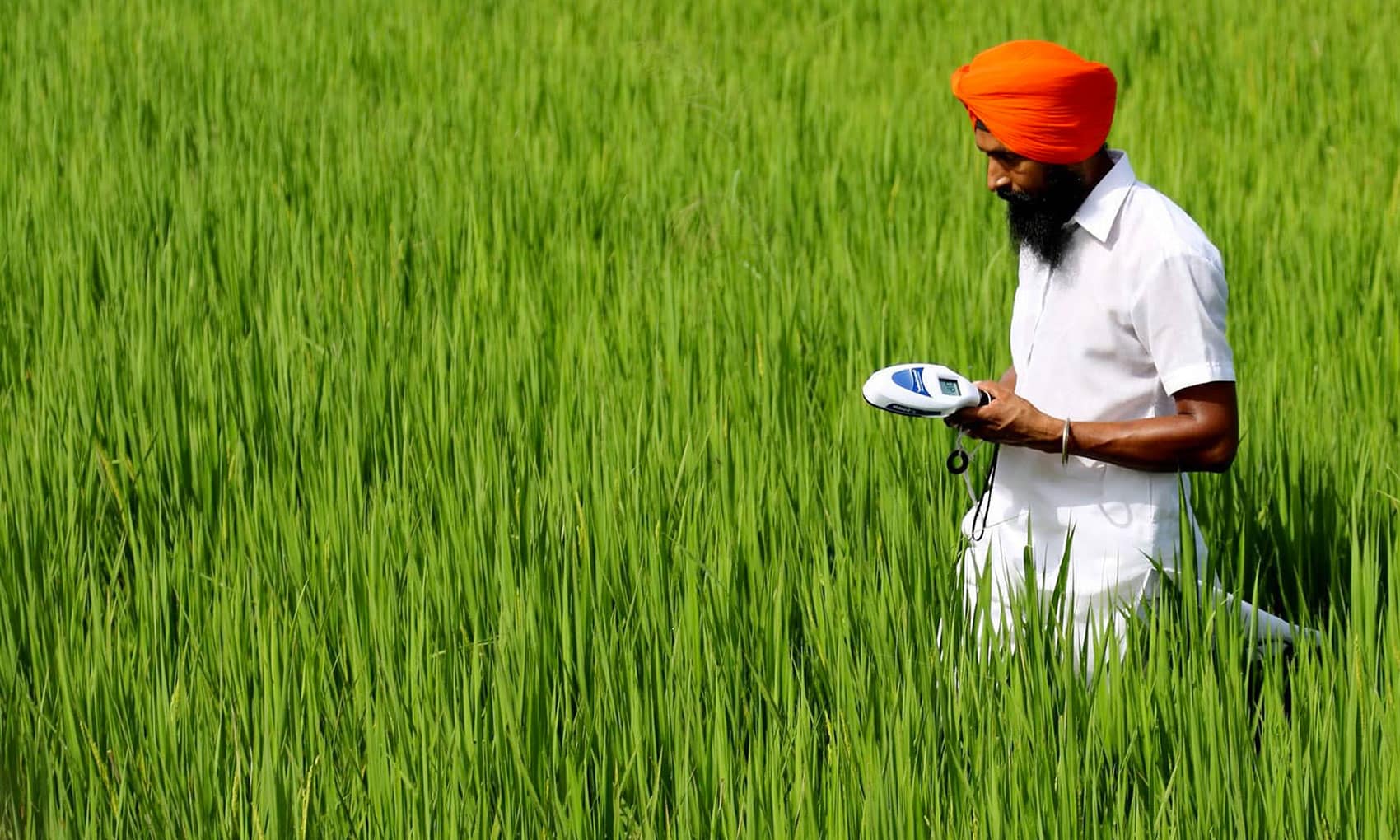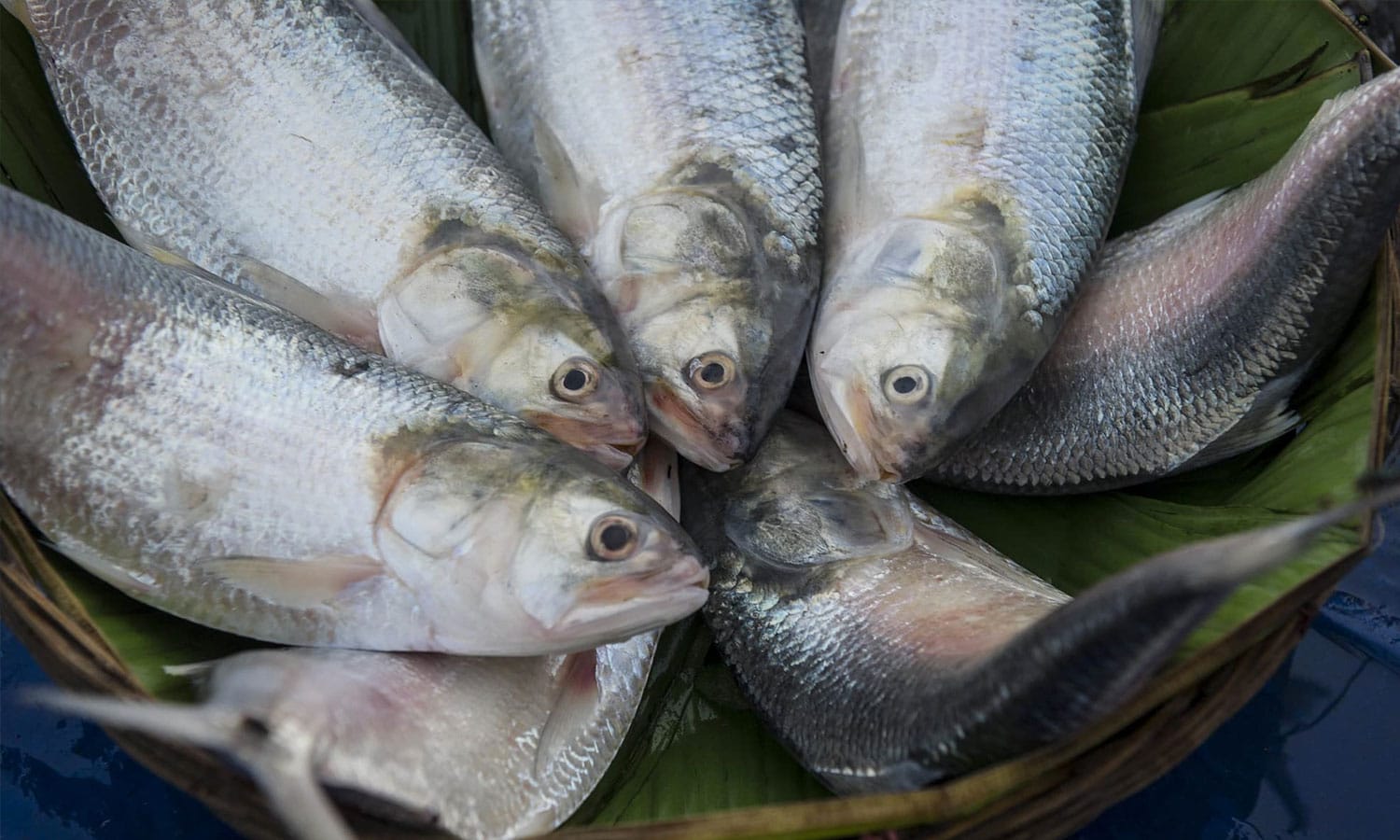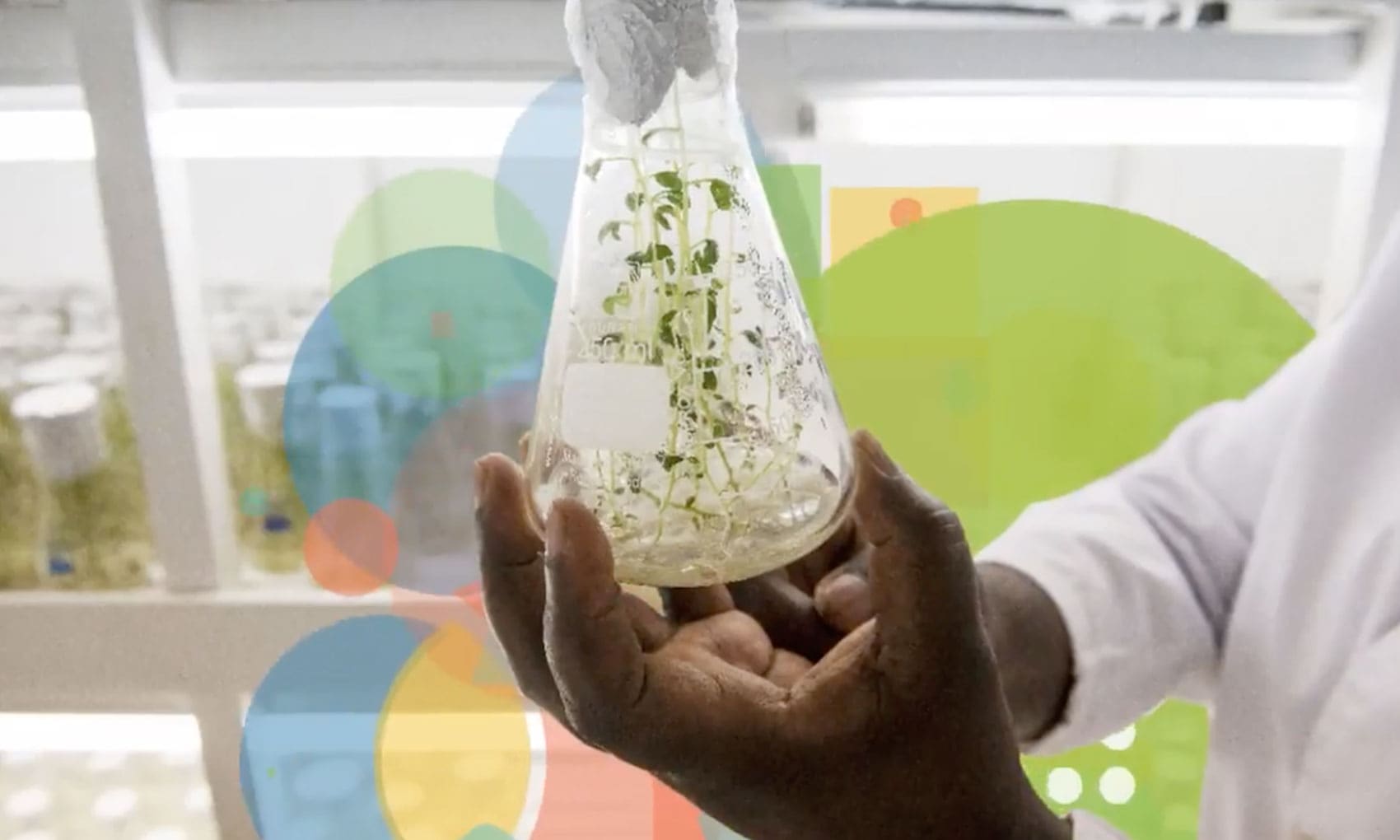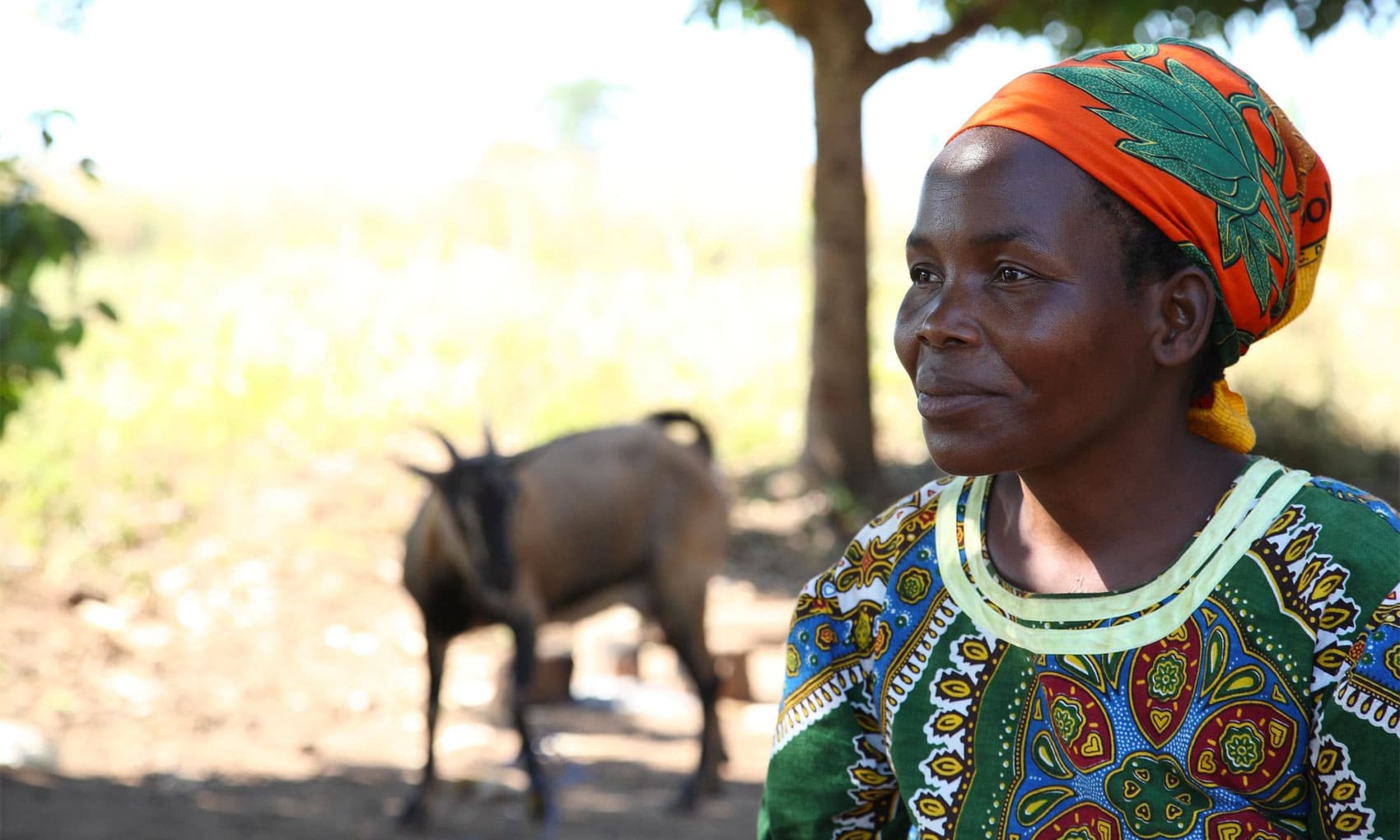Bananas and plantains are among Africa’s most important staple food and cash crops. The continent produces around 30 million tons of the fruit a year, mostly grown by smallholder farmers. But because bananas and plantains are parthenocarpic – which means they produce fruit without fertilization – they present unique challenges for breeders and farmers when it comes to propagating crops while ensuring that diseases are not passed from one generation to the next.
For more than 35 years, CGIAR researchers at the International Institute of Tropical Agriculture (IITA) have worked to deliver clean and healthy banana and plantain planting material in Africa, supporting millions of farmers, traders, and consumers, and protecting the environment across the continent. Through their work they have developed three main approaches for developing and distributing clean planting material, and established an open-access database supporting ongoing collaborative research and development.
CGIAR researchers have worked for more than 35 years to deliver clean and healthy banana and plantain planting material in Africa
The first breakthrough came when scientists figured out a way to breed bananas – a feat previously thought impossible for a fruit that contains only vestigial seeds. This opened the way for micropropagation, or in vitro production through tissue culture in the laboratory. Through this first approach, CGIAR researchers and partners have successfully developed healthy planting materials for several popular varieties of bananas and plantains, and produced new hybrid varieties that are resistant to disease, such as the destructive leaf-spot disease, black sigatoka.
CGIAR researchers and partners have successfully developed healthy planting materials for several popular varieties of bananas and plantains, and produced new, disease-resistant hybrid varieties
A second approach has been developed through macropropagation using whole stems or stem fragments, whereby primary buds of clean and healthy plants are destroyed, and axillary buds are exposed to high humidity until they grow sprouts which are then harvested, hardened, and distributed. Farmers have also received training to replicate the approach themselves using locally made humidity chambers.
A third approach gets even closer to the grassroots, recognizing that farmers often exchange and sell planting material among themselves. A boiling water treatment was developed and popularized by researchers to sanitize locally propagated planting material. This has proven to be a simple, effective, and readily adoptable technique suitable for smallholder farming conditions.
To support ongoing collaborative research and development, researchers further established MusaBase, an online open-access database on advanced breeding methods. Today, the MusaBase repository is set to track, monitor, and evaluate the distribution of banana and plantain planting material, and the uptake of new improved hybrids, to meet the needs of farmers and consumers.
Header photo: Macropropagation of banana plants. Photo by IITA
Links & further reading
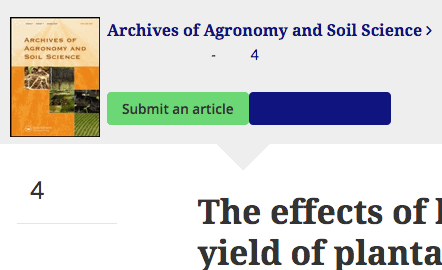 Publication: The effects of burning forest biomass on the yield of plantain (cv. Ebang, Musa spp. AAB, false horn) after hot-water and boiling-water treatment in southern Cameroon
Publication: The effects of burning forest biomass on the yield of plantain (cv. Ebang, Musa spp. AAB, false horn) after hot-water and boiling-water treatment in southern Cameroon
 Publication: On-farm demonstration, testing and dissemination of ‘boiling water treatment’ for plantain (Musa spp.) sucker sanitation in Southern Cameroon
Publication: On-farm demonstration, testing and dissemination of ‘boiling water treatment’ for plantain (Musa spp.) sucker sanitation in Southern Cameroon
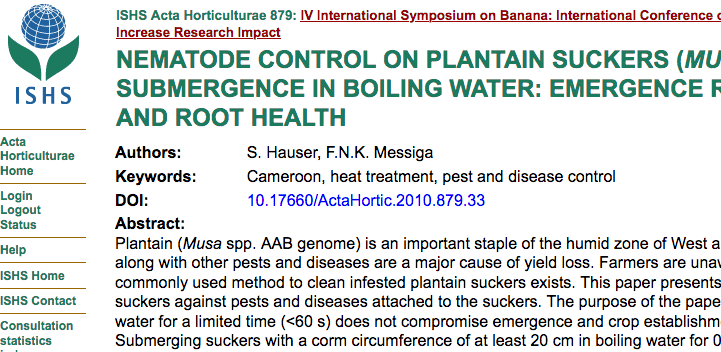 Publication: Nematode control on plantain suckers (Musa spp. AAB genome) through submergence in boiling water: Emergence rates, early growth, bunch yield and root health
Publication: Nematode control on plantain suckers (Musa spp. AAB genome) through submergence in boiling water: Emergence rates, early growth, bunch yield and root health


